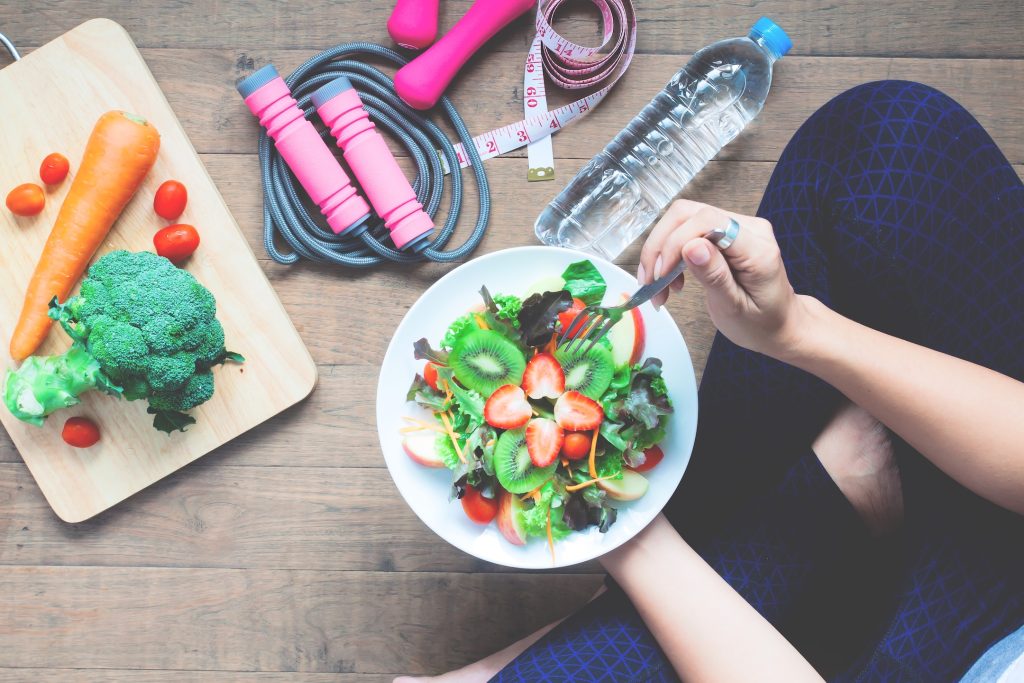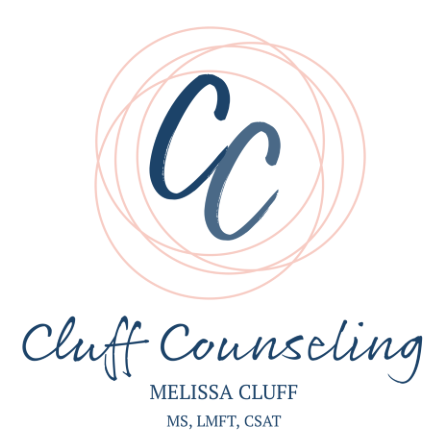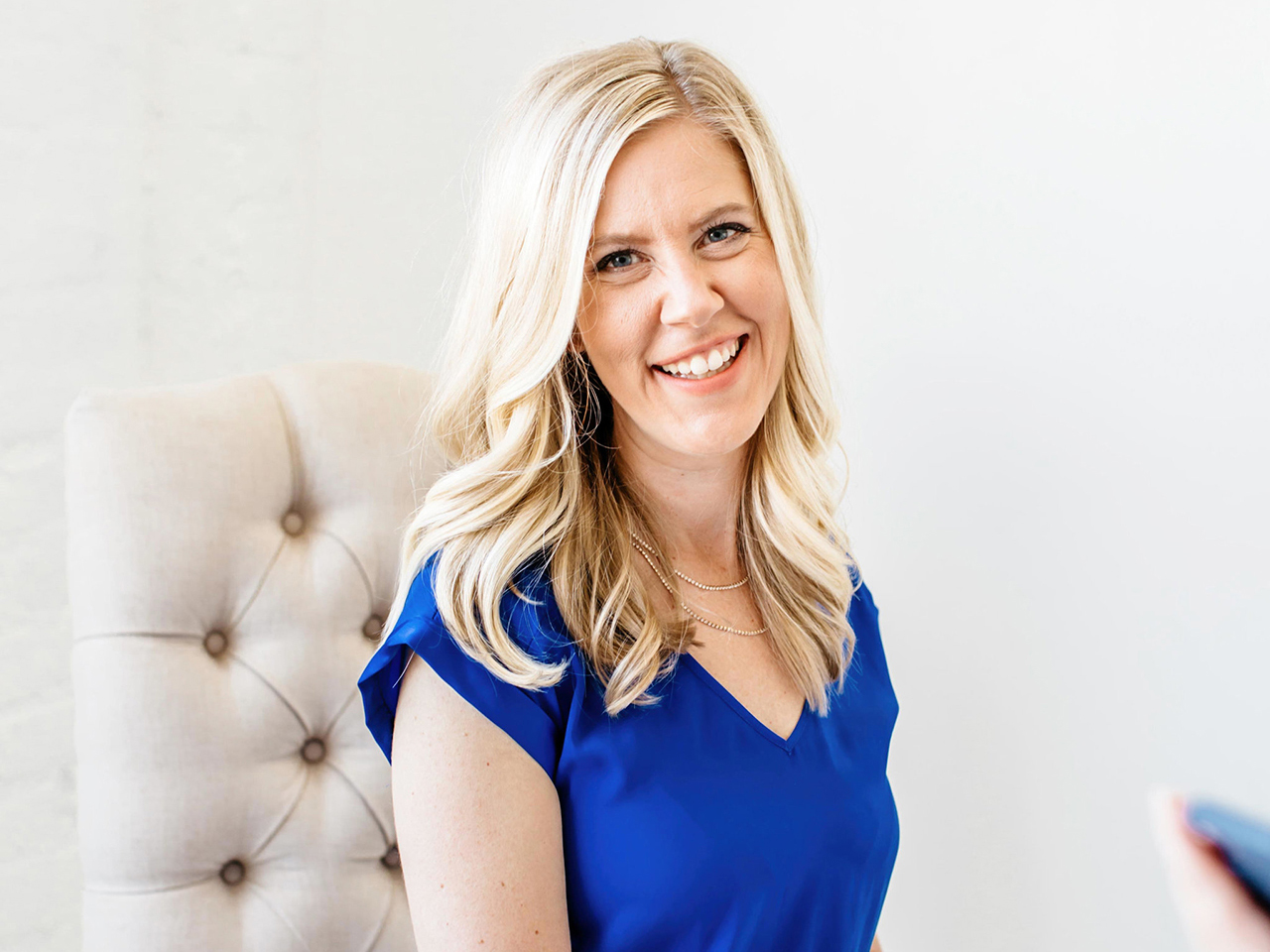
DESIGNED BY FREEPIK
Did you know that around 160 million Americans are either obese or overweight? This scary statistic includes 30% of boys and girls under age 20! By understanding what specifically our bodies really need, we can aim to lead and maintain a healthy lifestyle–both physically and mentally.
Many of my clients have goals for 2018 that include improving their physical appearance by focusing on a healthy diet, exercising regularly, getting more sleep, and boosting their stress management. While I am not a licensed health coach, this is pertinent information to me because physical health is closely tied to mental health. I, like you, am also working on bettering my diet and exercise regime in 2018. I follow several fitness accounts on Instagram for inspiration; just tonight, @soheefit shared her secret that slimmed her waist…There is no secret! The way we will see results is by eating well, exercising often, and regulating sleep and stress. We often fall prey to the latest trick or the newest laser therapy or the groundbreaking diet we hear about from friends or on social media, but, at the end of the day, those methods are not healthy or sustainable. We need to make lasting changes to our nutrition and exercising habits in order to see results. This is not news to you!
Have you ever felt discouraged or depressed, and gone for a walk or a hike? If so, it is likely you noticed that your emotional state improved as you got fresh air and let your heart rate increase a little bit. Our physical health directly affects our mental health. When we take care of our bodies, they take care of us. What specifically are you going to do in 2018 to take care of yourself (both physical and mental)? Exactly which “healthy habits” do you need to work on developing? As I mentioned previously, the three main things that influence our overall weight gain are: Diet/nutrition, exercise, and sleep/stress management. For the purpose of this blog, I want to focus on the first: diet and nutrition. Brian Regan, a comedian, has a skit where he mocks the food pyramid, saying nobody knows what on earth “legumes” are, and he pokes fun of the serving sizes saying no one actually keeps track of or ingests 6-11 servings of grains.
First, let’s clear the air about the “d” word…DIET. It is a dreaded word for many of us–especially those who have tried the South Beach Diet, a low-carb diet, SlimFast, Whole30, Jenny Craig, or any of the other millions of diet plans available nowadays. Unfortunately, the sad truth is that dieting typically does not work. Abstaining from eating major food groups is unhealthy, weight lost from pendulum dieting often comes back full-force, and then you feel overweight and discouraged. My recommendation is to fill your plate and your body with healthy options, while still enjoying what you are ingesting. Food is meant to be enjoyed! Take a moment to consider what you are eating and if it is what your body really needs.
In 2011, 19 years of food pyramid illustrations and teachings were laid to rest with an updated nutrition guide called MyPlate (see graphic below). MyPlate depicts a place setting with the recommended serving sizes for fruits, vegetables, grains, protein, and dairy, to help us visualize exactly how much of which foods our body needs. The following are specific ideas for each food group, to help you get creative with what goes on your fork:
- FRUITS: Adults ages 18-30 should eat around 2 cups of fruit a day. Fruits may be fresh, canned, frozen, or dried, and may be whole, cut-up, juiced, or pureed. (Click here to see a comprehensive list of the fruit options).
- VEGETABLES: Adults ages 19-50 should be eating between 2½ -3 cups of raw or cooked, fresh, frozen, canned, dried/dehydrated, whole, cut-up, or mashed vegetables each day. Vegetables are organized into 5 subgroups: dark-green vegetables, starchy vegetables, red and orange vegetables, beans and peas, and other vegetables. (Click here to see a comprehensive list of all the vegetables you never even knew existed).
- PROTEINS: I think protein is the hardest to come up with ideas for (“um…protein powder?”). All lean cut and deli meats are protein, as well as beans, lentils, tofu, eggs, nuts, and seafood. (Click on this link for the complete list of protein options as recommended by the USDA). Having an adequate amount of protein in your diet can often curb cravings and keep you full longer, which makes a world of difference in forming healthy habits!
- GRAINS: All bread, pasta, oatmeal, breakfast cereals, tortillas, and grits are examples of grain products. There are two types of grains: Whole Grains and Refined Grains–we want more Whole Grains than Refined Grains. Whole Grains contain the entire grain kernel ― the bran, germ, and endosperm, while Refined Grains have been refined to have the bran and germ removed. Aim for eating whole wheat bread/rolls/tortillas, quinoa, oats, and brown rice (click here for the full list of grains). Little changes to the base of your diet and nutrition–your grains–will make a huge difference!
- DAIRY: Milk, cheese, yogurt, and milk-based desserts (ice cream, frozen yogurt, smoothies, sherbert) are some of the common foods that make up this food group. (Please click on this link for a thorough list of all possible dairy foods!) Men and women ages 19-50 need three cups of dairy each day–be sure to choose low-fat or fat-free options for the Dairy Group!
We live in a culture that often convinces us certain foods are either good or bad (which is a key component in eating disorders!) and that we are either a good or bad person based on what we eat. Carbs are not bad. Meat is not bad. Milk is not bad. Our bodies need the vitamins and nutrients available in each of the food groups, and–as we eat from each food group in moderation–we will find our way to a healthier lifestyle. Eating a well-rounded diet will affect the overall health of your internal organs, your cholesterol, energy level, self-esteem, skin health, relationships…basically your entire life. You know what they say, “Fuel well, feel well!”
Maybe you have a New Year’s Resolution pertaining to your physical appearance this year. The goal should not be getting thin, but getting healthy. Get healthy eating better in 2018. Start today by improving what is on your plate. Make it well-rounded, make it low-fat, make it healthy, make it fun! Eating healthy does not have to be a drag. You can do it! The good news is that you do not have to do it alone. If you need support to explore your relationship with food, contact me today and allow me to coach you through the process.
Melissa Cluff is a licensed marriage and family therapist based in Lewisville, Texas, personally seeing clients in the North Dallas area.
Resources:
- Choose My Plate
- Cluff Counseling: “Eating Disorders 101”
- Cluff Counseling: “Making 2018 Your Year: Resolutions”
- Cluff Counseling: “Outdoor Therapy: Nature’s Cure”
- Harvard School of Public Health: “Healthy Eating Plate and Healthy Eating Pyramid”
- HealthData.org: “The vast majority of American adults are overweight or obese, and weight is a growing problem among US children”
- Psychology Today: “A Healthy Substitute for Willpower”
- Psychology Today: “Diet”
- Psychology Today: “Five Stealth Forces in Weight Loss”
- Psychology Today: “The Top 5 Body Positive Cleanses for 2018”
- United States Department of Agriculture (USDA): “Back to Basics: All About MyPlate Food Groups”
- Youtube: “Brian Regan and Food”


